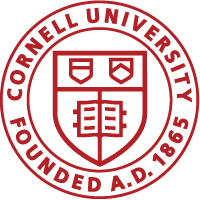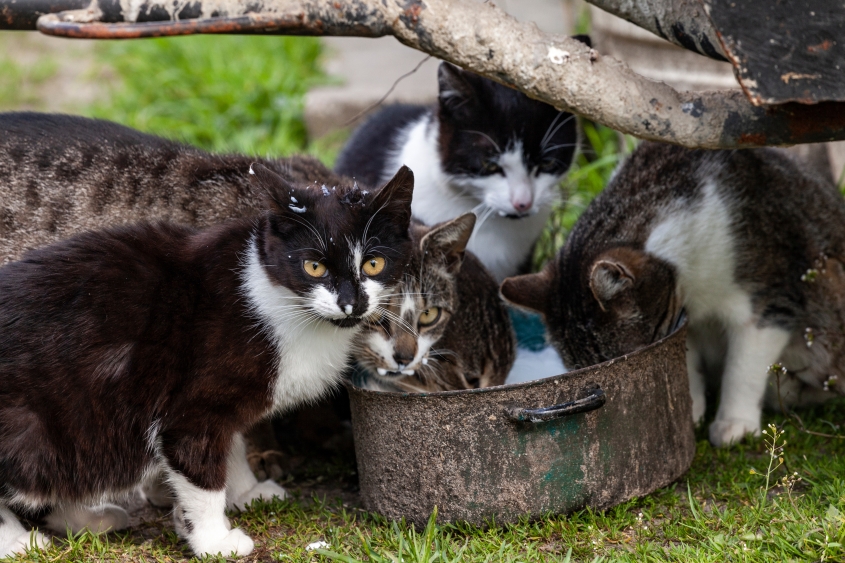An update on H5N1 avian influenza
Experts at the Cornell University College of Veterinary Medicine have provided a resource page for pet owners and the general public on highly pathogenic H5N1 avian influenza (H5N1).
Refer to this page for updates, recommendations and more information on this evolving H5N1 outbreak.
Recently, H5N1 influenza cases have been reported in cats that have consumed contaminated commercial raw food diets, unpasteurized milk, or had contact with wild birds and cattle.
Experts recommend that pet owners discontinue raw pet diets, and limit pet access to wild birds and raw milk.





